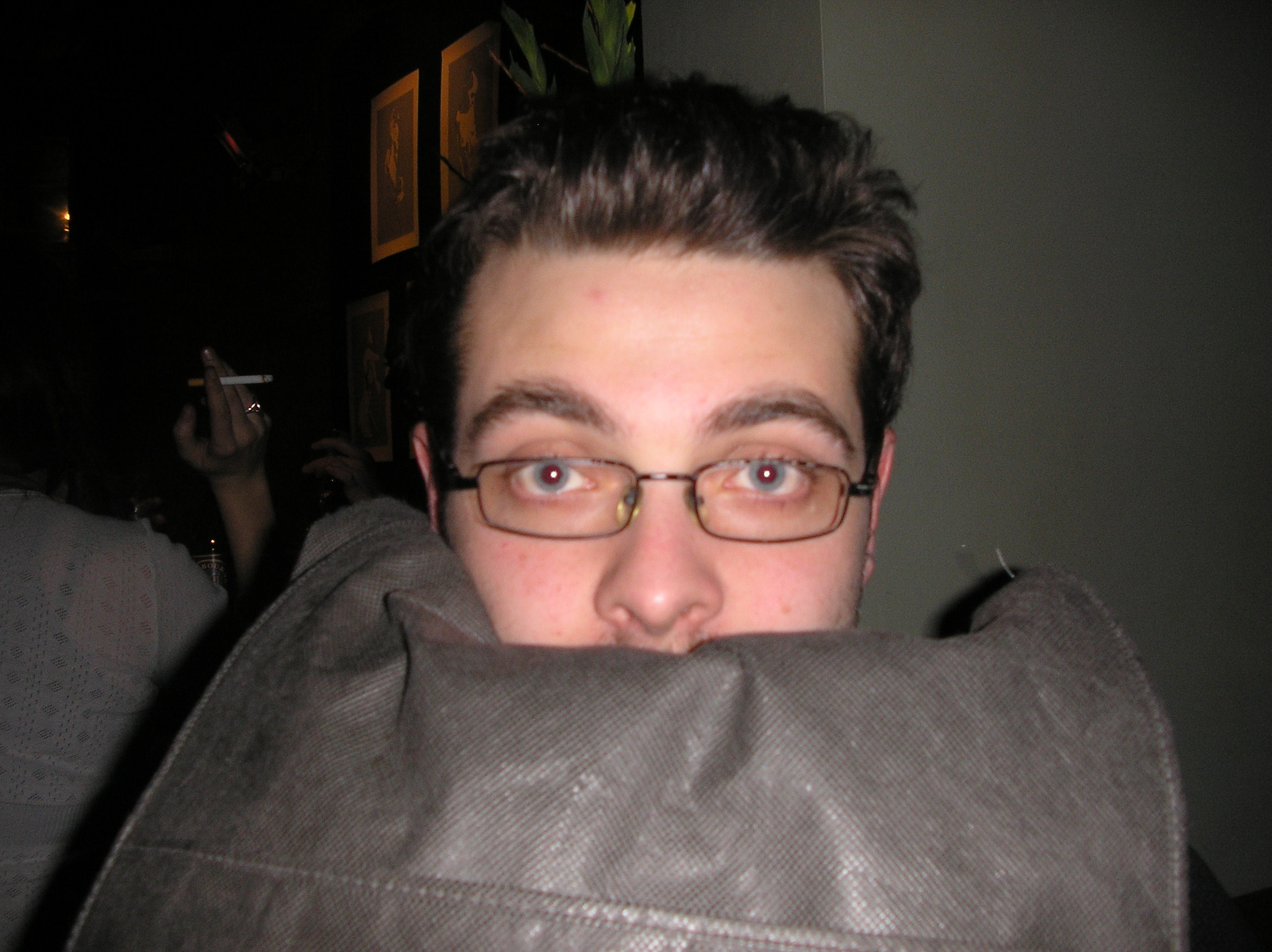Richard Powers, in the early 1980s, was working as a computer programmer. Upon seeing August Sander’s photo Three Farmers on Their Way to a Dance, he quit his job, lived off savings and wrote his first novel, Three farmers on Their Way to a Dance. Thinking this would be pretty much his only opportunity to write freely, after which he would have to return to the workforce, he crammed pretty EVERYTHING he knew into it.
It contains three intertwining narratives:
- Our narrator encountering the photo for the first time, spurred on to discover what is happening inside it, the relations between the subjects along with their relationships with the photographer and the outside world, their relationships with the viewer, the reader. In this thread, we are taken on and implicated in essayistic tours of history and photography, philosophy for and reconstruction of the twentieth century: “Three Farmers on Their Way to a Dance, 1914. The date sufficed to show they were not going to their expected dance. I was not going to my expected dance. We would all be taken blindfolded into a field somewhere in the tortured century and made to dance until we’d had enough. Dance until we dropped.”
- A reconstruction of the possible lives of our three farmers. From the photo, Powers (and one of his characters, although…) develops a potential narrative of three young men at the beginning of (and going through) the First World War.
- The tale of Peter Mays, a technical editor for an Electronics Magazine who becomes infatuated with a woman, following a pseudo detective tale leading him to, among other things, the photo in question.
The way the three tales listed above elide is fascinating and intricate, as those lives of the three farmers. And what we also have is a history of certain parts of the Continent during WWI; we hear of the Peace Ship: Henry Ford, unhappy with the world’s efforts toward peace, decided to take a ship filled with celebrities and common folk alike, from the US of A to Continental Europe, in order to stand between the armies in question and force peace between the warring nations. We also hear the great story of all Parisian taxis being called to take French soldiers to the Battle of the Marne.
However, this is not a tale of the past, it is one of our relationship with it. The three farmers are not just looking at the camera or the photographer, but their gaze is also directed toward us, the viewer, the reader. We are implicated in their tale for more than one reason, none of which i will state here for fear of destroying some of the enjoyment of reading this book.
The photo itself is one of a series entitled Face of the Twentieth Century. Wikipedia tells us
In this series, [Sander] aims to show a cross-section of society during the Weimar Republic. The series is divided into seven sections: The Farmer, The Skilled Tradesman, The Woman, Classes and Professions, The Artists, The City, and The Last People (homeless persons, veterans, etc.). By 1945, Sander’s archive included over 40,000 images.
His plan was to map out the century via the faces of people. From the novel,
[Sanders’] plan makes Peter think of maps. Photographing society reminds him of making maps of unknown terrain. It provides a key, a way of looking over a place without having to go there. This man’s plan—to build up a document of categories and subcategories, even more precise and encompassing with each new photo—is like increasing the scale of the map. One mile to the inch is clearly better than two to the inch: more detail, and truer to the real estate. Perhaps this fellow on the bicycle, as incurable as he is about posing, might, by taking enough photos, improve the map of the Man of the Twentieth Century to the scale of a few hundred yards to the inch, a few hundred faces to the photo.
But Peter does not take this hope of increasing exactness to its logical conclusion. A map of one inch to the inch, which cannot be spread without covering the countryside, shows nothing that the place itself shows just as well. In order for this encyclopedia to become completely authentic, it would have to include a print of every living face…

 [
[ [courtesy of our old friends, the
[courtesy of our old friends, the  [screenshot of the new york talk exchange]
[screenshot of the new york talk exchange]




 [image: photo of richard branson from the
[image: photo of richard branson from the  [image: photo of the sun from
[image: photo of the sun from 
